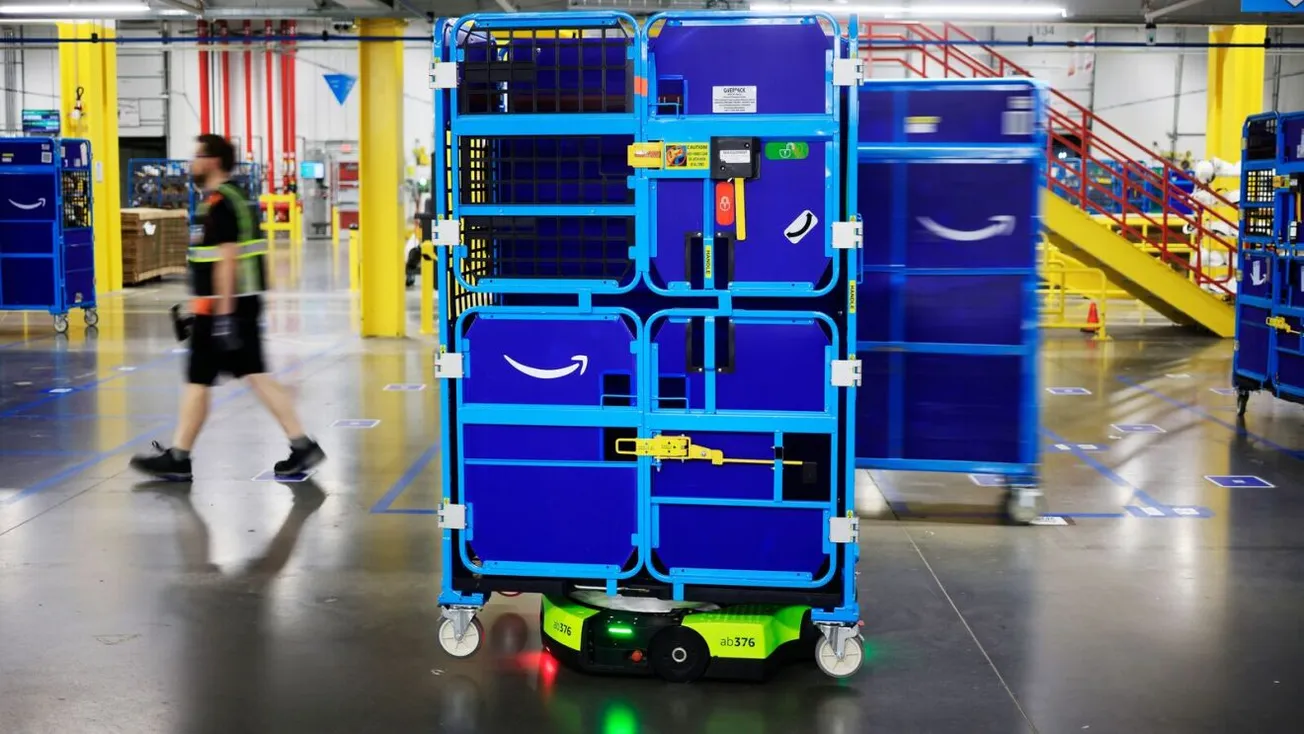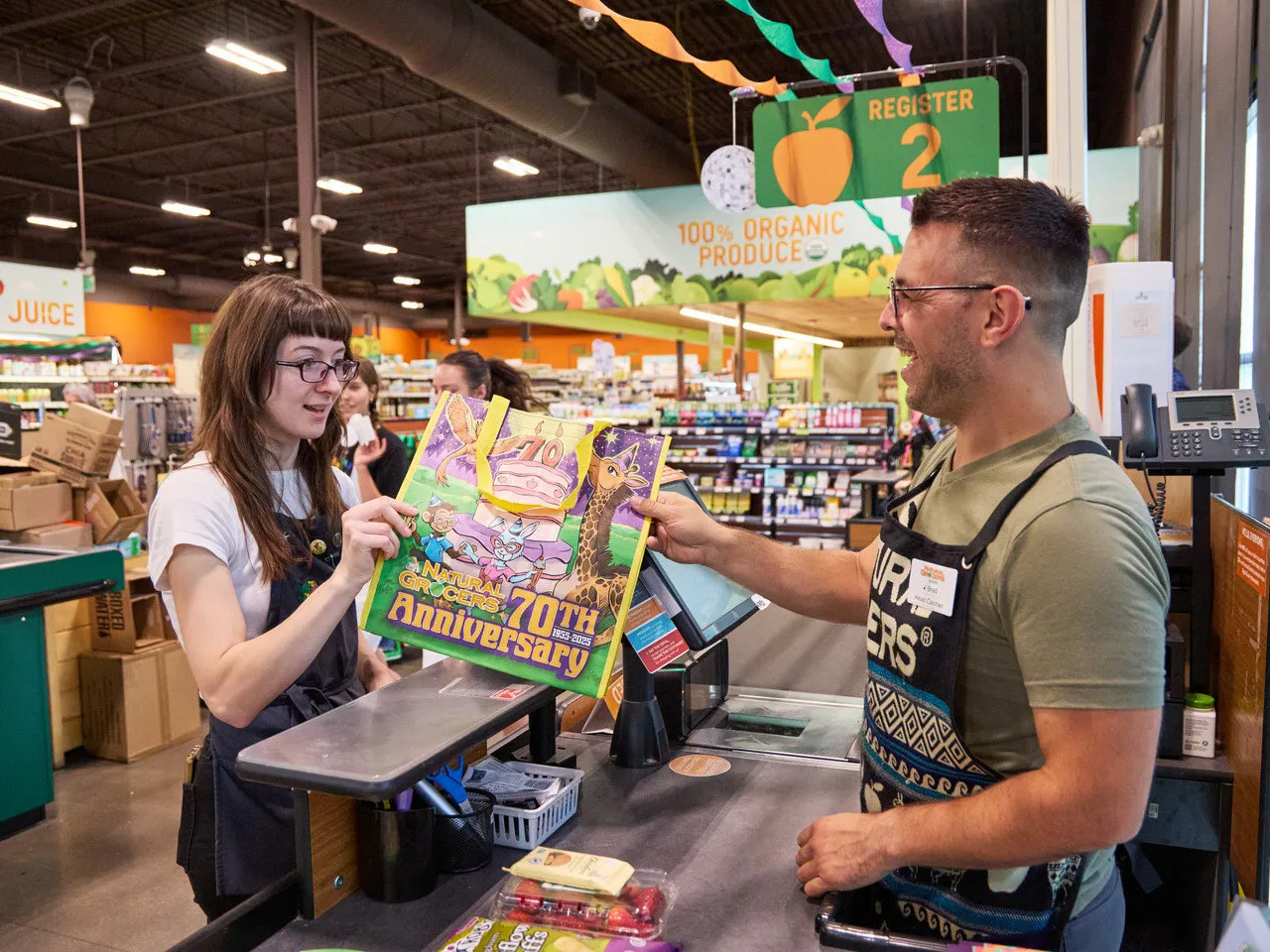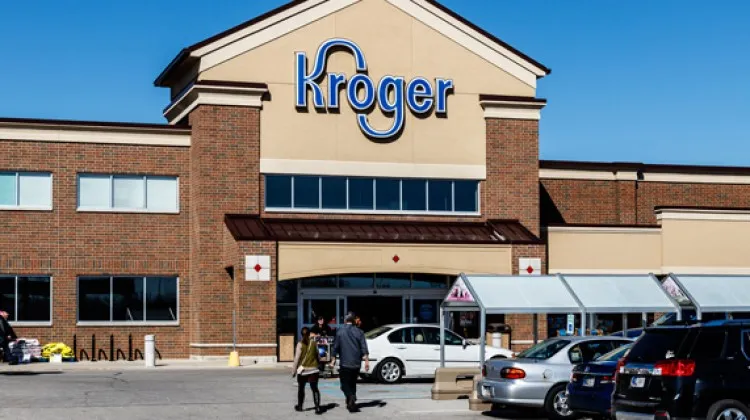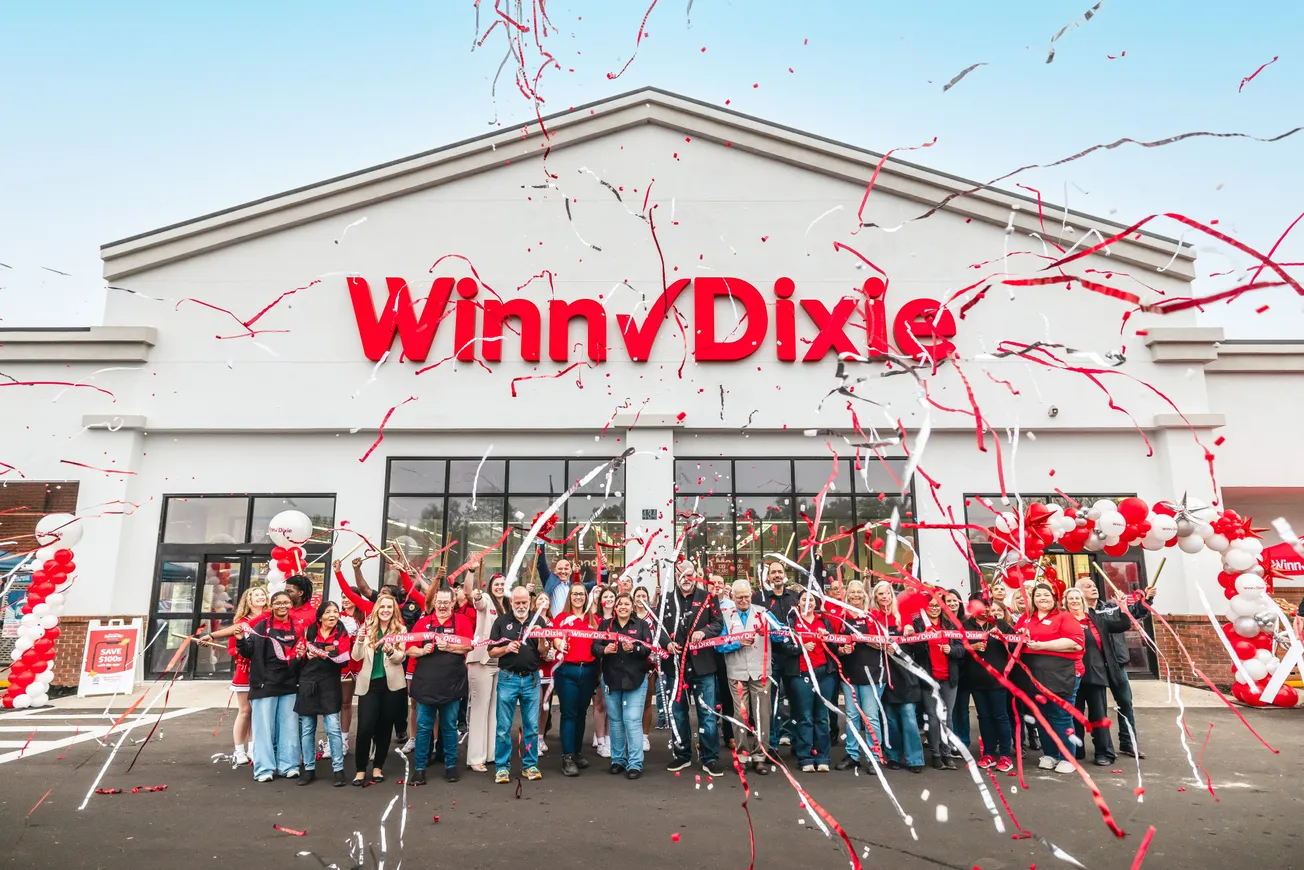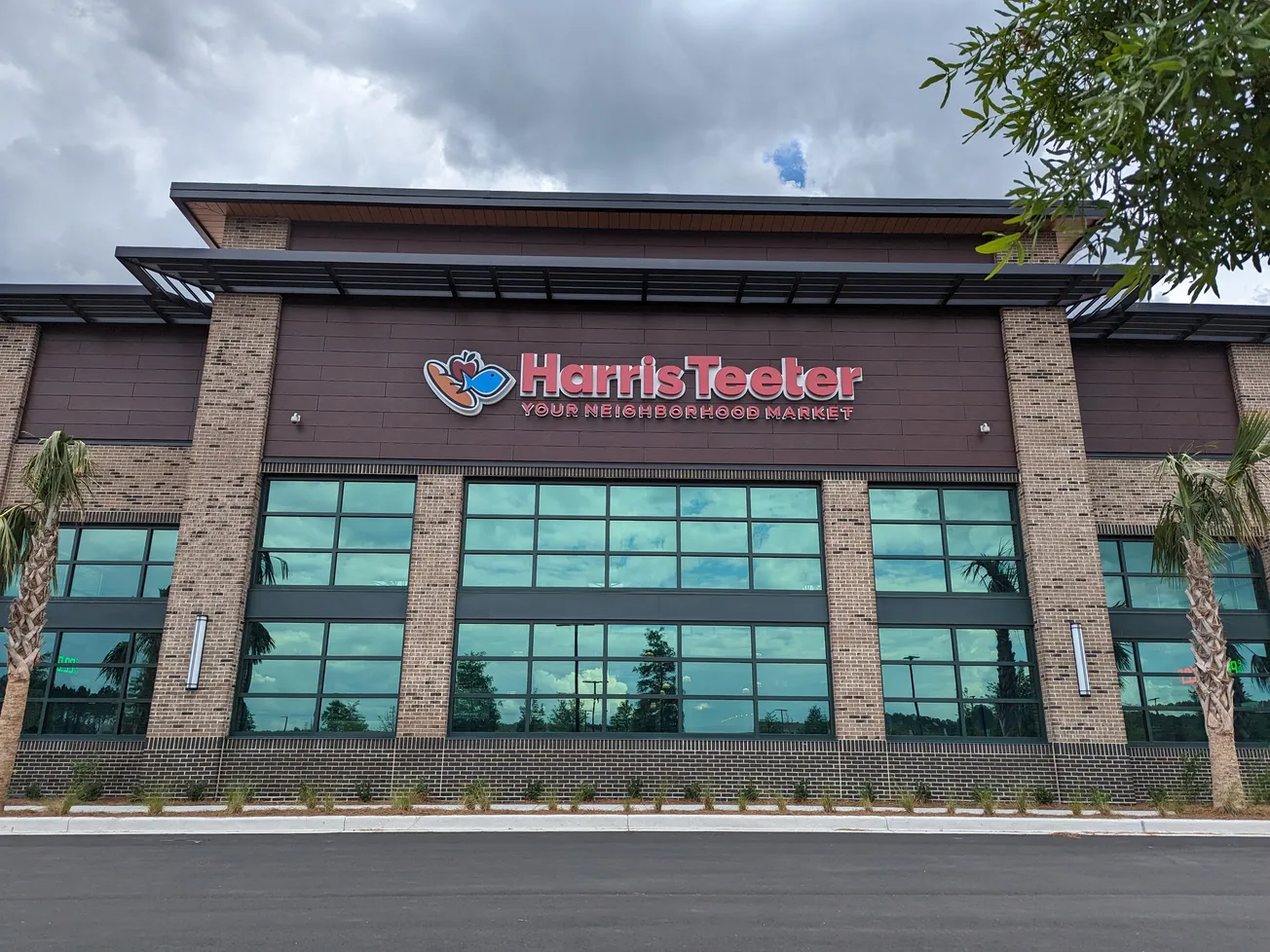SEATTLE — Amazon is deepening its investment in artificial intelligence with three new AI-powered innovations to make package delivery faster, smarter, and more efficient. The trio of technologies—Wellspring, an AI-based delivery mapping system; a new AI-powered product demand forecasting model; and advanced agentic AI capabilities for its robotics fleet- represents a significant evolution in Amazon’s logistics strategy, benefiting customers, employees, and delivery partners alike.
This trio of technologies underscores Amazon’s strategy of deploying AI to drive measurable operational gains while improving employee safety and ease of work.
The first innovation, Wellspring, uses generative AI to improve delivery location accuracy vastly. The technology draws on a wide array of data sources, including satellite images, road networks, past delivery data, and customer instructions, to better identify precise drop-off points in complex environments like apartment buildings, gated communities, and newly built neighborhoods. During pilot testing in the U.S. that began in October 2024, Wellspring successfully mapped over 2.8 million apartment addresses across more than 14,000 complexes and identified convenient parking locations at 4 million addresses. The system has already shown measurable improvements in delivery efficiency, allowing drivers to navigate directly to entrances, mailrooms, and parking spots, saving time and improving the customer experience.

The second innovation, a next-generation AI forecasting model, enhances Amazon’s ability to predict what products customers want, where they want them, and when. Unlike earlier models that relied solely on sales history, this new system incorporates time-sensitive and contextual data such as weather trends, regional holidays, and local events. This nuanced, real-time approach has improved Amazon’s national forecast accuracy by 10% for major shopping events and by 20% for regional predictions. The result is better product availability, reduced delivery times, and a smaller environmental footprint as inventory is closer to customers. The model is currently active in the U.S., Canada, Mexico, and Brazil, with plans for global expansion.
The third pillar of Amazon’s AI rollout is a significant advancement in robotics through agentic AI, a new initiative within Amazon Robotics. This system leverages Vision-Language Models (VLMs) and AI policies that enable robots to understand and act on natural language instructions. For example, warehouse employees will soon be able to issue simple verbal commands such as, “Move all totes from the yellow zone to the trailer,” or, “Sort the items in the gray tote and place them on the upper shelf.” These capabilities aim to turn Amazon’s robots—like Proteus, its autonomous mobile unit—into more versatile, intelligent teammates that can handle multiple tasks, reduce repetitive strain on workers, and adapt dynamically to changing warehouse conditions.
Customers will feel the impact: more reliable deliveries to the correct location, greater availability of in-demand items, and faster shipping speeds. Meanwhile, Amazon’s operational network will benefit from increased efficiency, lower costs, and reduced emissions, an essential part of the company’s broader sustainability goals.


